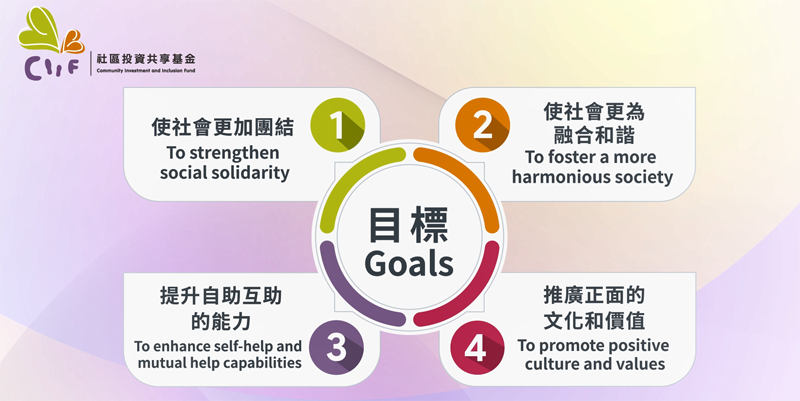Section One: Introduction to Social Capital Theory
What is Social Capital?
Background of Social Capital
"Social capital" is a concept that has garnered significant attention globally over the past two decades. It has been widely discussed and applied by policymakers, scholars, and practitioners of various fields, including sociology (e.g., Portes, 1998; Walters, 2002), economics (e.g., Dasgupta, 2005; Glaeser et al., 2002), public health (e.g., Kawachi et al., 2008; Villalonga-Olives et al., 2018), social services (e.g., Castillo de Mesa et al., 2019), and community development (e.g., Halstead et al., 2022; Williams et al., 2022). In the 1990s, American scholar Robert D. Putnam published the book titled "Bowling Alone" (1995; 2000) and related articles, highlighting the declining social capital phenomenon at the time. He described how people gradually reduced their participation in social activities, leading to social alienation and loss of mutual trust among individuals, resulting in social isolation and various community problems. Since then, discussions on social capital have become more heated. International organisations, including the World Bank, the United Nations (UN), and the Organisation for Economic Co-operation and Development (OECD), have emphasised the importance of social capital, which plays a great role particularly in addressing issues such as poverty alleviation, sustainable social development, and economic growth (Grootaert, 1998; United Nations Development Programme, 2009; Woolcock, 2001).
According to various international research, social capital has positive impacts on various aspects, including improving physical and mental health (Villalonga-Olives et al., 2018), enhancing community well-being (Greenberg et al., 2016), facilitating social and economic development (Wallis et al., 2004), reducing poverty (Zhang et al., 2017), building disaster resilience (Rapeli, 2018), developing environmental protection (Su et al., 2021), and promoting racial integration (Hawes & Rocha, 2011). During the COVID-19 pandemic, a number of studies also highlighted how social capital had effectively helped communities in responding to the crisis, such as the exchange of preventive information, implementation of protective measures, maintenance of social distancing, and post-pandemic recovery (e.g., Borgonovi & Andrieu, 2020; Pitas & Ehmer, 2020). Therefore, governments and non-governmental organisations worldwide have identified the development of social capital as a crucial policy goal and practical strategy, with a view to bringing long-term and sustainable impacts to society. The CIIF promotes the development of social capital in Hong Kong, as shown in the diagram below (Figure 1).

Definition of Social Capital
Although a unified definition of social capital has not yet been proposed in academia, some definitions have been widely used in international literature and research. These include the definitions proposed by Pierre Bourdieu, James Coleman, Robert Putnam, and Nan Lin (see the section on major theories of social capital below). According to the World Bank, various academic research findings, and the implementation experience of the CIIF's projects, social capital refers to institutions, relationships (networks), and social norms (individual attitudes and social values) that effectively enhance the quality and frequency of social interactions (Figure 2).

Back to Table of Contents Page 1 2 3 4 5 6 References